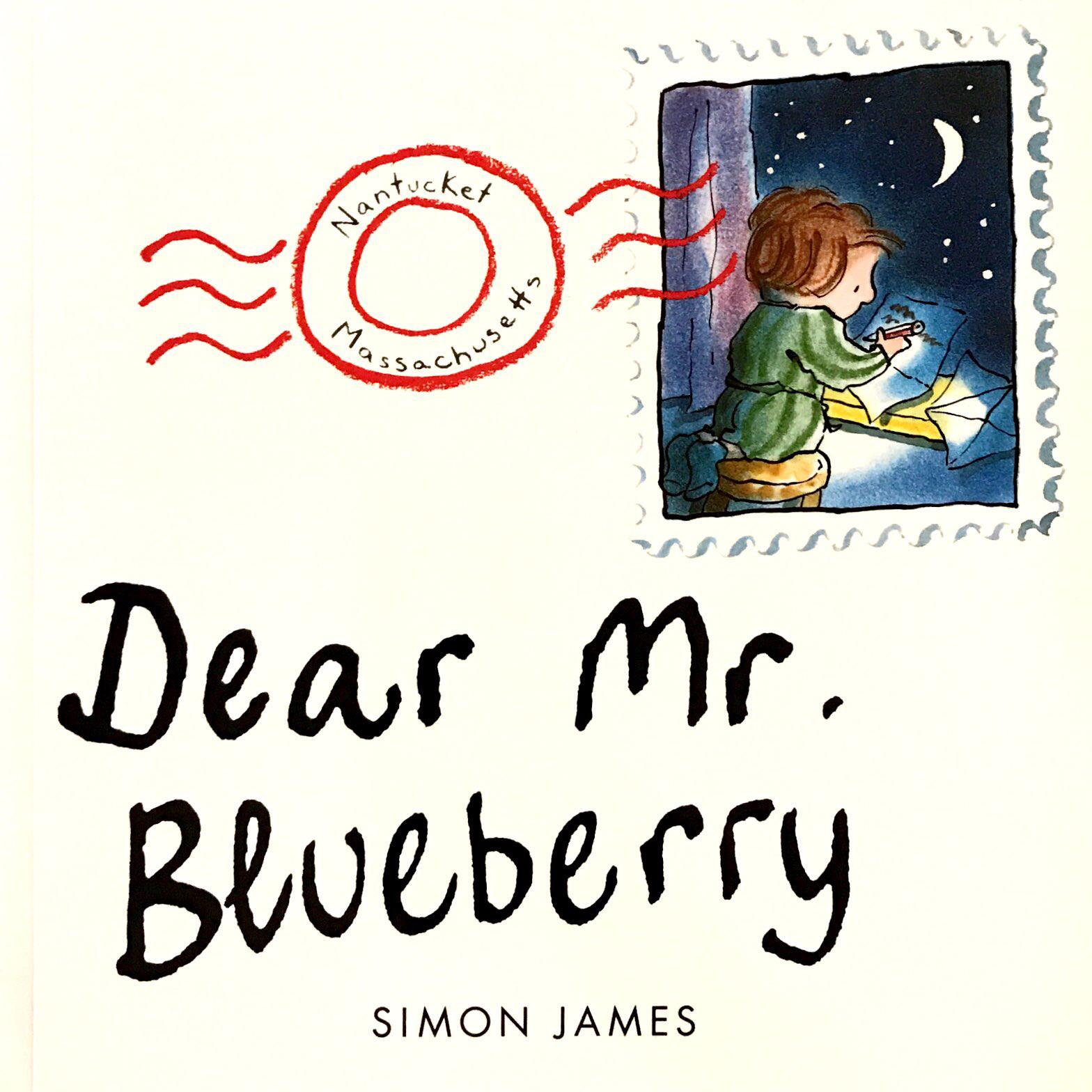While the letter format of these books provides novelty, they're more than just fun. Because the story is not directly written, readers must piece together bits of information making these books a fun and authentic way to teach inferring as well as letter writing skills. They're also perfect for just reading and enjoying. (Don't forget to do that, too!)
This post contains affiliate links which means Amazon tosses me some change whenever someone makes a purchase through one of these links and allows me feed my book habit!
Dear Peter Rabbit
I love this story. Not only is it written in letter format, but the letters are from different fairy tale characters, so it is a great book to show kids how background knowledge influences comprehension. Peter Rabbit, the Three Little Pigs, Goldilocks, and more send each other letters in this book. Don't miss out on the additional books from Alma Flor Ada-With Love, Little Red Hen, and Yours Truly, Goldilocks.The Day the Crayons Quit
In addition to being hysterical, The Day the Crayons Quit is great for teaching opinion writing, voice, personification, and a laundry list of other things. And you won't want to miss out on The Day the Crayons Came Home. This companion book is written as a series of postcards, and as just as full of fun voice and opinions as the first book.
The Journey of Oliver K. Woodman
In this book, Tameka writes to her Uncle Ray inviting him to visit. He isn't able to visit Tameka, so he sends Oliver K. Woodman in his place. Oliver just happens to be a man made of wood. The story of Oliver's journey from South Carolina to California, is told through letters and postcards of those who help him make his way across the country. In the companion book, Searching for Oliver K. Woodman, Imogene Poplar follows clues to find her friend, Oliver, who has gone missing.
Dear Mr. Blueberry
This sweet story is told in letters between Emily (who is convinced a whale lives in her pond) and her teacher, Mr. Blueberry (who is just as convinced a whale does not live in her pond), over the summer. Your students will enjoy the humor as well as the imagination and faith Emily shows.
I Wanna Iguana
Alex's wants and iguana, and he wants one badly. This fun story is perfect for teaching persuasive writing and may having your kiddos writing their own letters to Mom and Dad. Your students will enjoy more of Alex's adventures in I Wanna New Room and I Wanna Go Home.Dear Mrs. LaRue: Letters from Obedience School
Ike's letters in Dear Mrs. LaRue are so fun to teach with. You'll watch those brains stretch as writers compare Ike's doomsday description of doggy school to what is happening in the pictures. Opportunities to teach inference and point of view overflow throughout this text. Kiddos will love the side by side illustrations showing what is happening in Ike's descriptions with reality. Don't miss out on the companion book, Detective Mrs. LaRue: Letters from the Investigation.
Dear Mr. Henshaw
In this Newberry Award winner, students read letters from Leigh to his favorite author Boyd Henshaw. Leigh writes about his struggles with his parents divorce, moving to a new town, and bullying. The sequel, Strider, is written as a diary. In it, Leigh writes about his life, running, and a stray dog he finds.
Daddy Long Legs
This book was originally written in 1912, but its humor and twist at the end have helped it stand the test of time. Daddy Long Legs is the story of Judy Abbott who has grown up in the John Grier orphanage and is sent to college by a mysterious benefactor. Judy's up and down experiences transitioning from orphanage life to college girl are shared in letters to her anonymous patron.
Hermelin
This last story isn't told through letters, but they are important to the story. I love it too much to leave out because it's a wonderful story about acceptance. Hermelin is a mouse who solves mysteries on her street. When her neighbors throw a party in Hermelin honor to thank her, they are not so happy to realize she is a mouse. Hermelin is crushed to learn she is considered a pest. I won't spoil the ending for you, but it is a happy one.
Want to extend your study of letter books?
Read The Post Office Book: Mail and How it Moves by Gail Gibbons to teach your students how mail gets from one person's hand to another's.
Read The Post Office Book: Mail and How it Moves by Gail Gibbons to teach your students how mail gets from one person's hand to another's.
Let me know if I missed any of your favorites!












